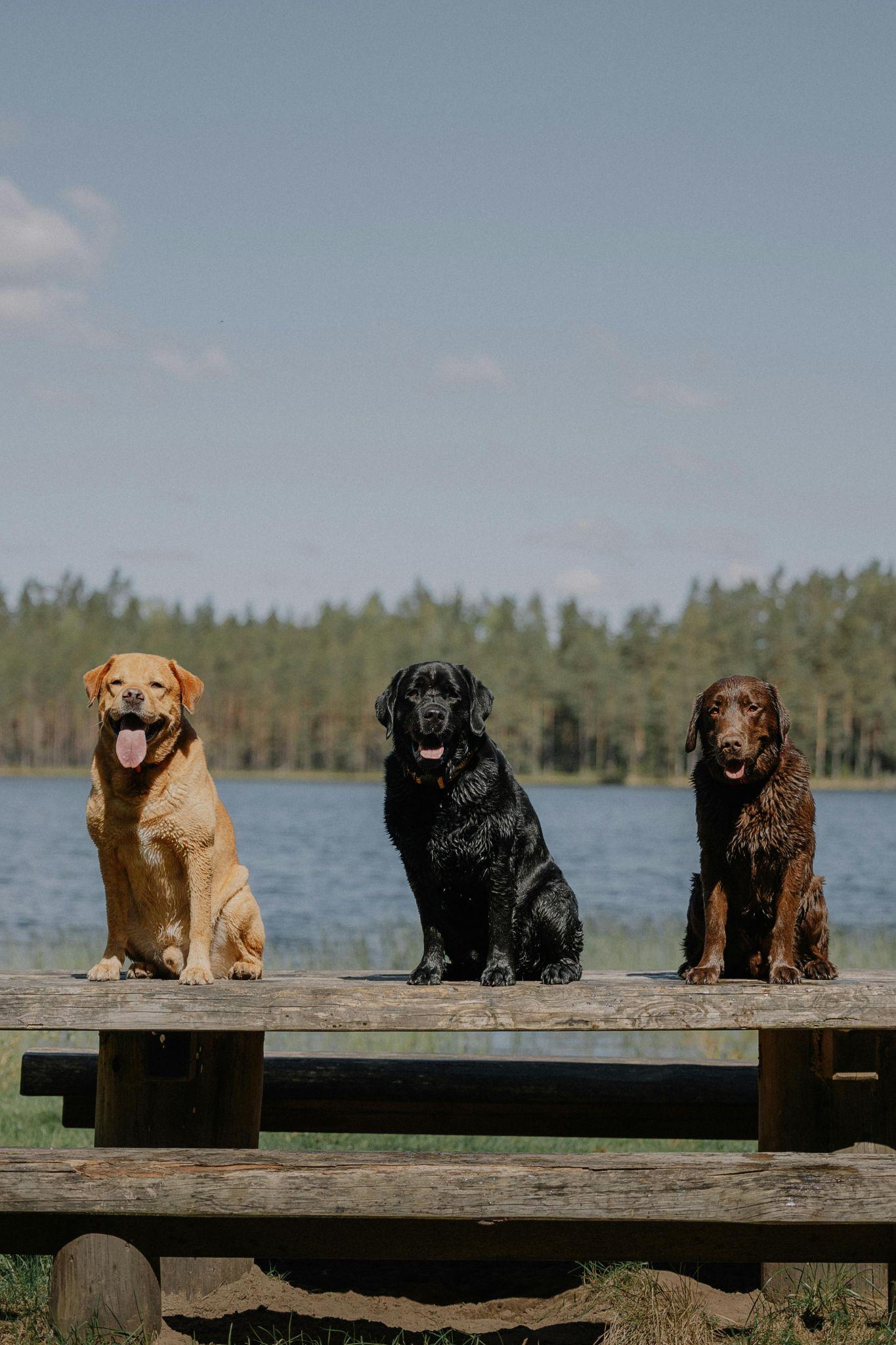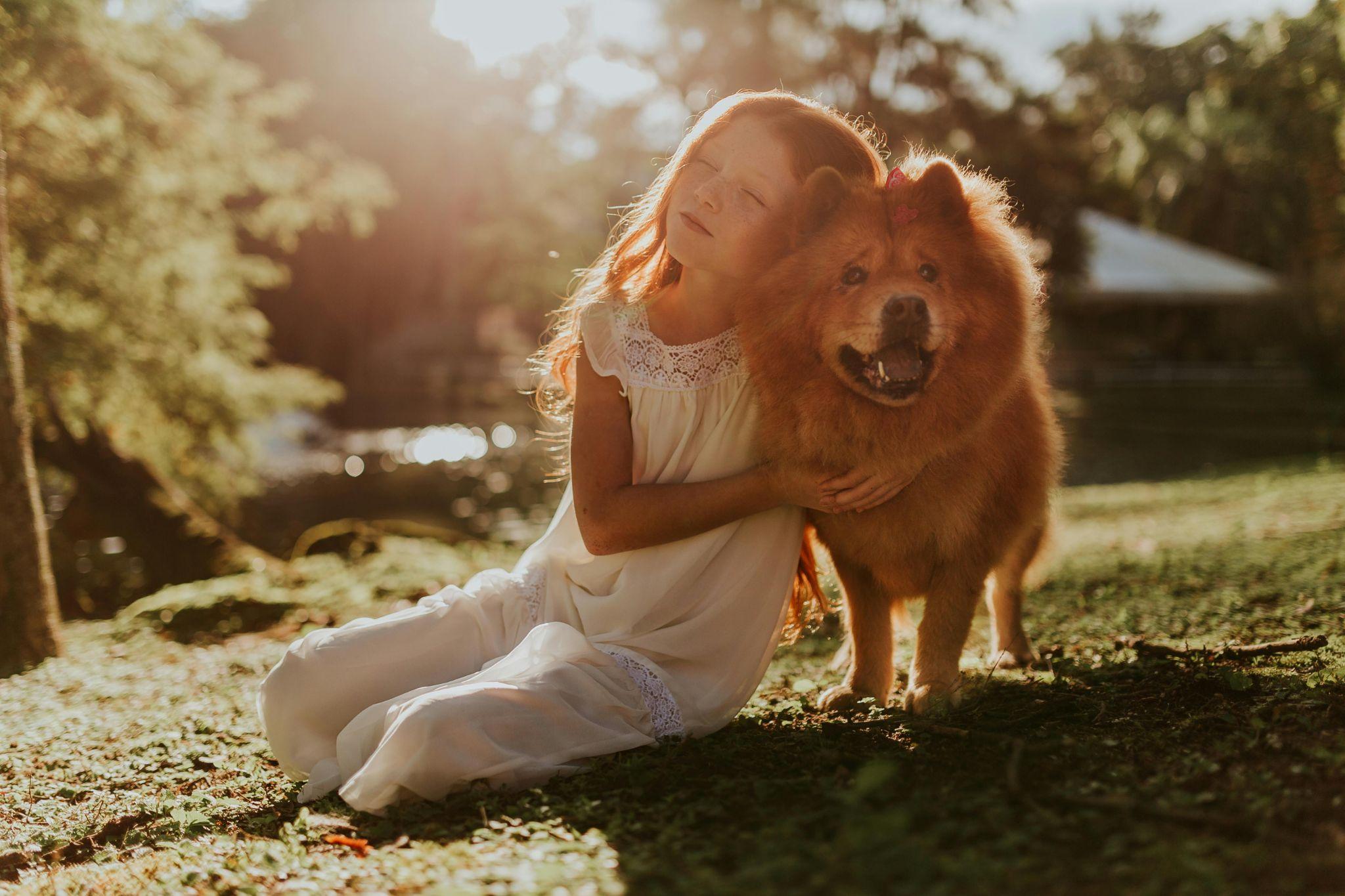Summer is a wonderful season for outdoor fun and adventures, but it also brings a unique set of challenges for our furry companions. As temperatures soar, our pets are at an increased risk of overheating, dehydration, and even sunburn. Fortunately, with the right preparation and proactive strategies, you can help your pet enjoy the summer safely and comfortably. In this guide, we’ll explore effective tips on how to keep your pet healthy during the summer. With the guidance of “The Vet, Healthy Pet” approach, your furry friend will be ready to thrive all season long.

Understanding the Summer Risks for Pets
Before we delve into how to protect your pet, it’s essential to understand the potential risks that summer poses. Just like humans, pets can suffer from several heat-related issues that can affect their health and well-being.
What Are the Common Heat-Related Risks for Pets?
- Heatstroke: Heatstroke is a severe and potentially fatal condition that occurs when a pet’s body temperature rises to dangerously high levels. Symptoms include excessive panting, drooling, vomiting, and even collapse. Immediate action is required to prevent organ damage or death.
- Dehydration: Pets can quickly become dehydrated in hot weather, especially if they’re active. Signs of dehydration include excessive panting, dry gums, sunken eyes, and lethargy.
- Sunburn: Pets, particularly those with light-colored or thin coats, can suffer from sunburn. This can cause painful red or peeling skin and increases the risk of skin cancer.
- Burned Paw Pads: Hot pavement, sand, and other surfaces can burn a pet’s paw pads, causing pain and potential infection.
Understanding these risks is crucial for learning how to keep your pet healthy during the summer months.

Tips for Keeping Your Pet Cool and Comfortable
1. Ensure Constant Access to Fresh Water
Hydration is key to keeping your pet healthy and comfortable during the hot summer months. Make sure your pet always has access to clean, fresh water.
- Use Multiple Water Stations: Place several water bowls around your home and yard to encourage your pet to drink more frequently.
- Keep Water Cool: Add a few ice cubes to their water bowl to keep it cool for longer periods.
- Bring Water When Traveling: If you’re taking your pet on a walk or a trip, carry a portable water bottle designed specifically for pets.
2. Provide Plenty of Shade and Shelter
A shaded area is vital for pets that spend time outdoors.
- Create a Cool Zone: Set up umbrellas, canopies, or shade cloths in your yard to provide a cool retreat from the sun.
- Indoor Retreats: Ensure your pet has a cool, indoor place to escape the heat during the hottest parts of the day.

3. Adjust Your Pet’s Exercise Routine
While regular exercise is essential for a healthy pet, it’s important to adjust their routine to avoid heat exhaustion.
- Opt for Cooler Times: Schedule walks for early morning or late evening when temperatures are cooler.
- Limit Intensity and Duration: Shorten walks and reduce strenuous activities to prevent overheating.
- Engage in Indoor Play: Use indoor games and toys to keep your pet active without exposing them to the heat.
How to Protect Your Pet from Sunburn and Heatstroke
1. Apply Pet-Friendly Sunscreen
Believe it or not, pets need sun protection too! Pets with light-colored fur or exposed skin are especially vulnerable to sunburn.

- Focus on Sensitive Areas: Apply sunscreen to areas with little or no fur, such as the nose, ears, and belly.
- Choose Safe Products: Always use sunscreen that is specifically formulated for pets to avoid harmful ingredients. https://truepetslove.com/product/andis-excel-pro-animal/
2. Avoid Walking on Hot Surfaces
Hot pavement and sand can quickly burn your pet’s paws.
- Test the Surface: Place your hand on the ground for a few seconds. If it’s too hot for you, it’s too hot for your pet.
- Use Protective Gear: Consider dog booties to protect your pet’s paws from hot surfaces.
- Choose Grass Over Pavement: Walk your pet on grass where it is cooler and more comfortable for their paws.
3. Be Aware of Heatstroke Symptoms
Recognizing the signs of heatstroke early can be life-saving for your pet.
Key Symptoms of Heatstroke in Pets

- Excessive panting or difficulty breathing
- Excessive drooling or thick, sticky saliva
- Rapid heart rate and weak pulse
- Vomiting or diarrhea
- Weakness, collapse, or unconsciousness
If you notice any of these symptoms, immediately move your pet to a cooler place, provide water, and contact the vet. Healthy pet recovery often depends on quick and decisive action.
Nutrition Tips to Keep Your Pet Healthy During the Summer
1. Opt for a Balanced and Light Diet
A proper diet is crucial for maintaining your pet’s health, particularly in the summer.
- Offer Smaller, Lighter Meals: Lighter meals can help keep your pet cool, as heavier foods may increase body temperature.
- Include Hydrating Foods: Foods with high water content, like cucumbers or watermelon (seedless), can help keep your pet hydrated.
- Consult with a Vet: Always discuss any significant dietary changes with your vet. Healthy pet nutrition should be tailored to your pet’s specific needs.
2. Avoid Overfeeding

Overfeeding can lead to obesity, which adds additional strain on your pet’s body, especially in hot weather.
- Measure Food Portions: Stick to the recommended serving sizes for your pet’s breed and size.
- Limit Treats: Keep treats to a minimum, focusing on healthy options when possible.
Grooming Tips to Keep Your Pet Comfortable in the Heat
1. Regular Brushing
Regular brushing helps remove excess fur and reduces the risk of matting, which can trap heat close to the skin.
- Select the Right Brush: Use a brush appropriate for your pet’s coat type. Long-haired pets may need a slicker brush, while short-haired pets can benefit from a bristle brush.
- Brush Gently and Regularly: Regular grooming sessions can help maintain a healthy coat and promote better air circulation near the skin. https://truepetslove.com/how-to-keep-your-pet-entertained-during-the-summer/
2. Consider a Summer Haircut
Some breeds benefit from a shorter coat in the summer, but be careful not to cut too much.
- Consult a Professional Groomer: A professional can recommend the best haircut length to protect your pet’s skin and help them stay cool.
- Avoid Shaving Completely: Shaving a pet’s coat too short can expose their skin to sunburn and reduce their ability to regulate body temperature.

Traveling with Your Pet: How to Keep Your Pet Healthy During the Summer
1. Plan Ahead for Your Trip
Preparation is key when traveling with your pet in the summer.
- Book Pet-Friendly Accommodations: Ensure that your lodging allows pets and offers necessary amenities like air conditioning.
- Pack Essentials: Bring a travel water bowl, enough pet food, waste bags, a leash, and any medications your pet may need.
2. Never Leave Your Pet in a Hot Car
Even on a mild day, a car can become dangerously hot within minutes.
- Always Take Your Pet with You: Never leave your pet unattended in a vehicle, not even for a short period.
- Use Pet-Friendly Rest Stops: Many rest areas now offer designated pet zones where your pet can safely stretch their legs and cool off.
3. Secure Your Pet During Travel
Ensure your pet’s safety while on the road.
- Use a Secure Carrier: A well-ventilated pet carrier can keep your pet safe and comfortable during travel.
- Consider a Pet Seat Belt: Pet seat belts or harnesses are designed to protect pets in case of sudden stops or accidents.

When to See the Vet: Healthy Pet Checkups in the Summer
Recognizing When Professional Help is Needed
While prevention is the best strategy, there are times when you should consult a vet to keep your pet healthy during the summer.
- Persistent Symptoms: If your pet shows signs of heatstroke, dehydration, or sunburn that do not improve, seek veterinary care immediately.
- Changes in Behavior or Appetite: Noticeable changes, such as lethargy, refusal to eat, or unusual behavior, should be addressed with a vet promptly.
Remember, a “The Vet, Healthy Pet” approach emphasizes vigilance and proactive care for your pet’s well-being. https://truepetslove.com/
Summer is a fantastic time to create lasting memories with your pet. By taking a few extra precautions, you can ensure your furry friend stays healthy, safe, and happy all season long. From providing fresh water and shade to adjusting exercise routines and knowing when to consult the vet, these tips will help you keep your pet healthy during the summer. By following these guidelines and embracing the “The Vet, Healthy Pet” philosophy, you and your pet can enjoy a worry-free and enjoyable summer together.
